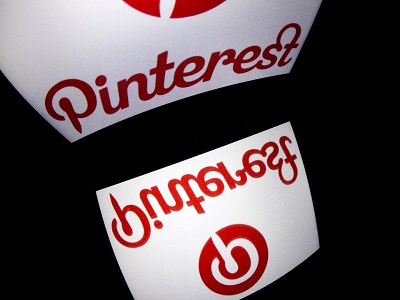Big data is a critical basis of most of the social media businesses, and this does not leave Pinterest. The underlying algorithms make Pinterest quite successful and fun. Especially, the algorithms that suggest new pins that you might like depending on things that you have liked earlier are an example of the big data in social media.
Now, Pinterest is taking the concept of big data to the next level. Well, the social network has announced a new visual search aspect that is a search tool that will let the users select a segment of an image. Then, look for the similar images in the site.
Pinterest makes use of deep machine learning along with the members of Berkeley Vision and Learning Center. It uses the same to learn the image features that are based on the highly annotated dataset of billions of Pins. These features are used to generate a similarity score between two images. As a result, if you see a lamp in pin of a room, you can select the lamp and look out for similar lamps to know where to buy them.
Facebook has come up with a new feature that is added to its Messenger application. It will access your phone’s camera roll for the photos that you have clicked of your friends on Facebook. It will prompt you to share the photos with them. Facebook claims that this feature will solve a problem that is faced in the digital age. It will help you share the photos of your friends that are on your phone as these photos remain unshared. The powerful facial recognition algorithm of Facebook resolves the issue by recognizing your friends as well as prompting you to share their photos.
These are possible only with the advent of the machine learning algorithms. The algorithms are becoming highly intelligent and these help us to understand the person or object in a photo. This is a great accomplishment as the photos and videos were considered as unstructured data. The photos were analyzed by the robot algorithms to know what is in it, what is the color, where it was clicked, who is in it, and the emotion of the people in it. This definitely opens all new realms of data to know the insights.

